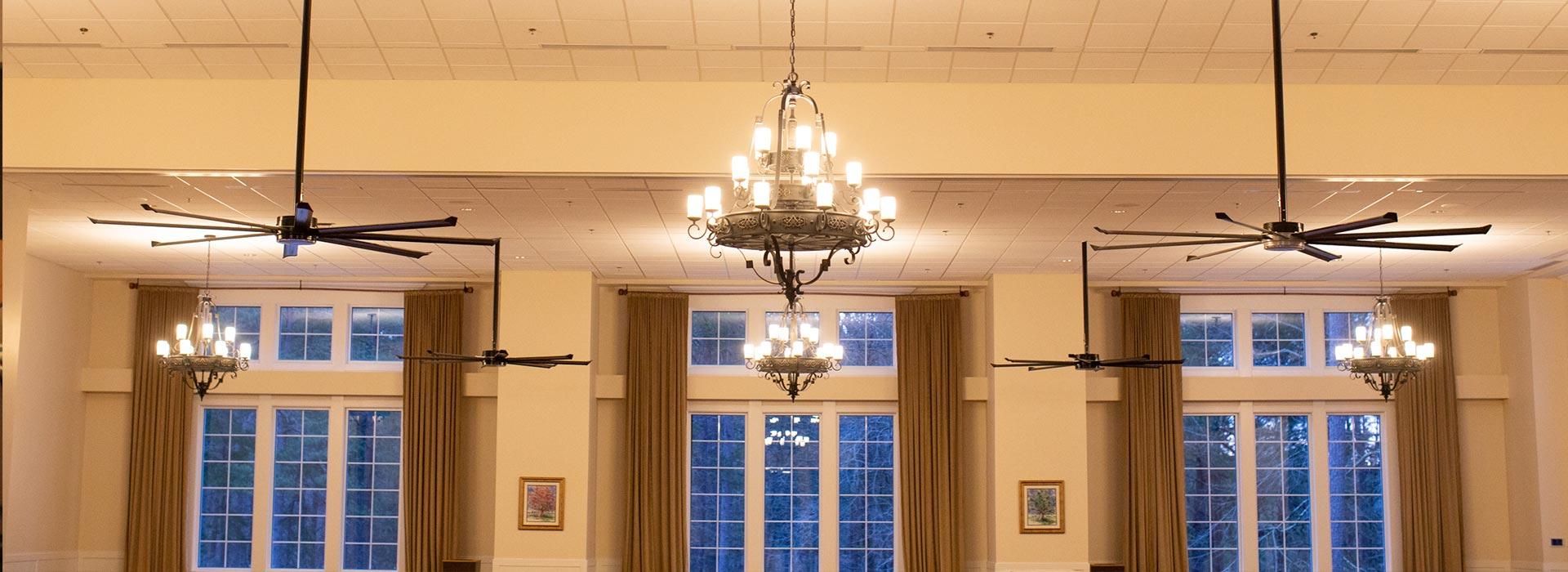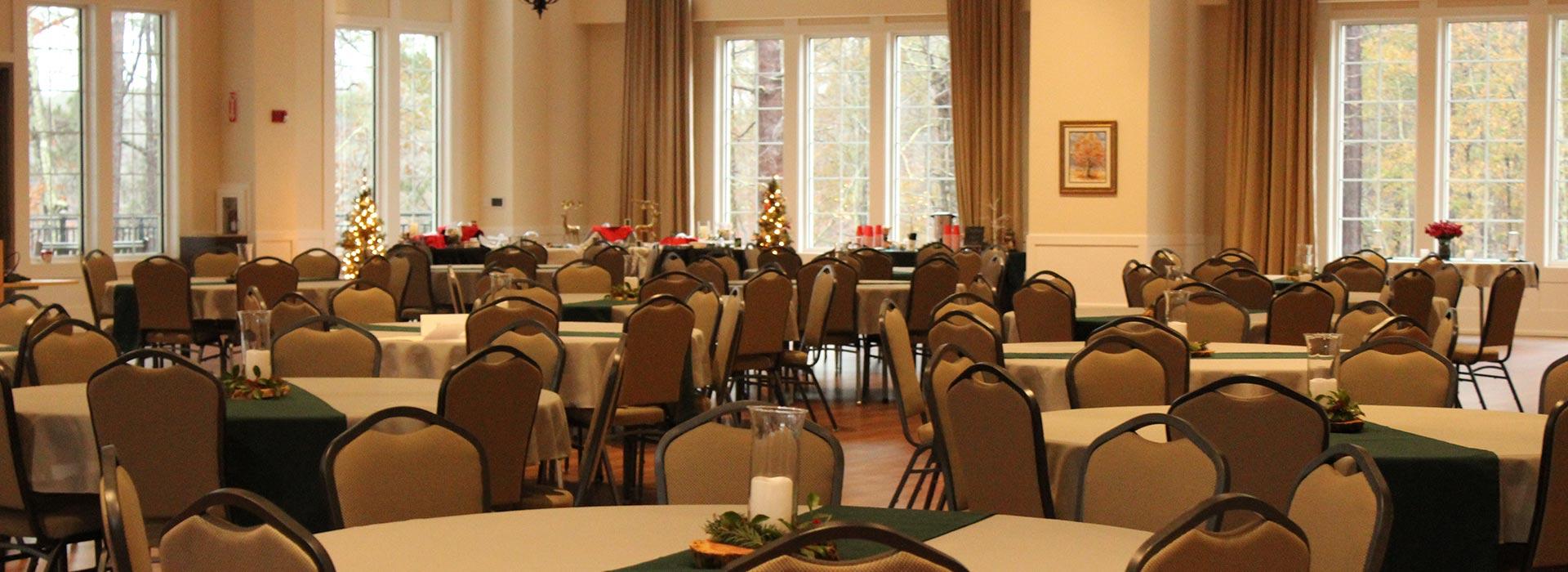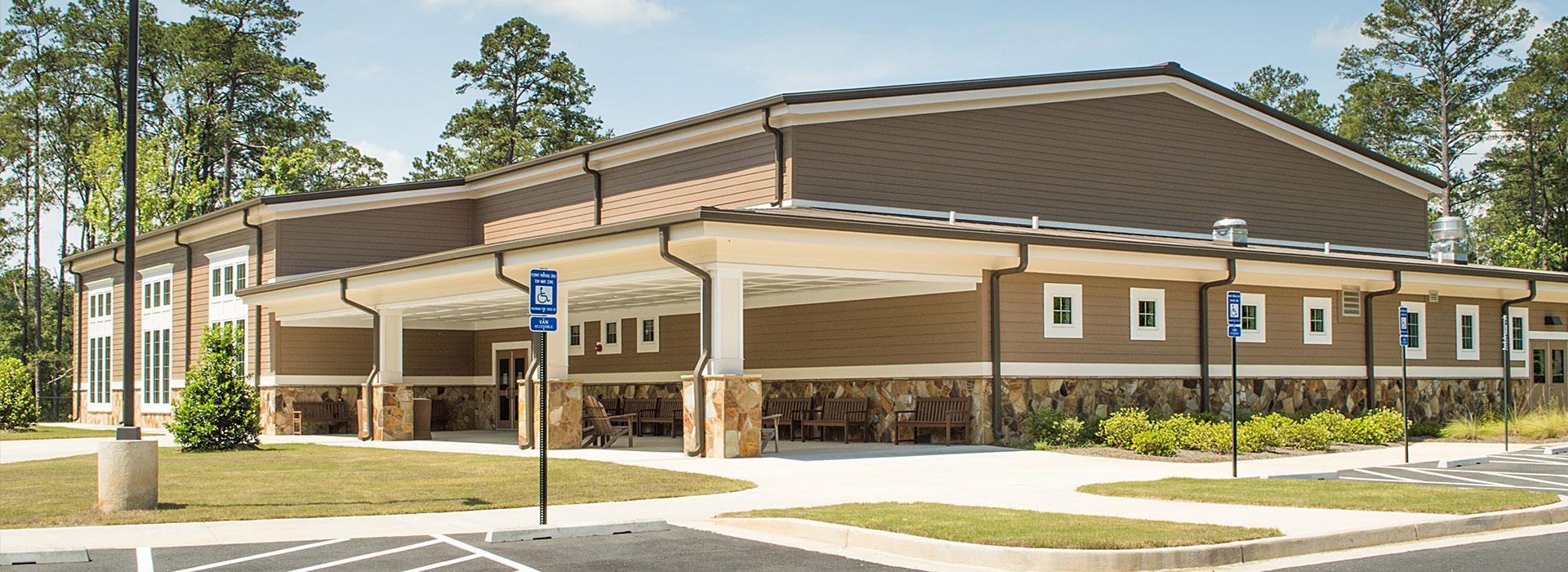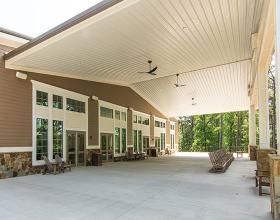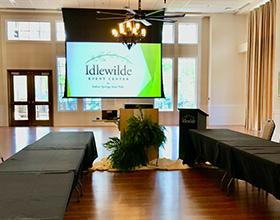By Terry W. Johnson
If you are thinking about buying or building a nesting box, here are a few tips that will help you get the most for your time and money, and provide a safe place for birds to nest for years to come.
Building materials: Top-of-the-line boxes are made from cypress, redwood or cedar boards ¾ inches thick. Boxes constructed from these woods will resist rotting. A cypress box, for example, will remain usable for 25 years or more. In comparison, an unpainted box fashioned from pine lumber will last only a few years. In addition, the thick boards will help keep the interior of the box cool even on the hottest days.
Don't buy or make a box out of treated wood. Some of the chemicals used to treat wood can produce poisonous vapors when exposed to water.
Fasteners: Although they are rarely used to assemble boxes, brass screws make the best fasteners. However, if nails are used, they should be ribbed or twisted and either aluminum, zinc-clad, copper, stainless steel or galvanized. These nails will not rust and will resist working loose over time. Avoid boxes held together with staples. Such boxes rarely last more than a few years.
Additionally, joints between the boards should be treated with an exterior wood adhesive.
Box design: The sides of the box should enclose the floor. Also, the floor should be recessed at least a quarter-inch. These features will help prevent water from seeping into the bottom of the box.
The box should be fitted with a gently sloping roof that overhangs the entrance hole at least 3 inches. This will help prevent water from blowing in. The box should also be equipped with four or five 3/8-inch drainage holes cut into the bottom. The holes will allow any water that collects inside the box to drain away.
Speaking of holes, it is also a good idea to bore at least two 5/8-inch ventilation holes on the top right and left sides of the box. The holes will help keep the interior cool by allowing fresh air to circulate through the box.
A well-designed box is always equipped with a top or side that can be easily lifted to permit checking for bird use and cleaning once nesting has finished. If using hinges to swing a side of the box or the top open, the best are made of brass and stainless steel.
If finished boards are used in the box construction, roughen or cut grooves in the wood below the entrance hole on the inside of the box. This will help young birds trying to climb out of the box when they are ready to take their first flight.
Exterior finishes: For a box made of cypress, there is no need to paint it or treat it with wood preservatives. Boxes made of spruce or pine will last five to 15 years when treated with an exterior finish.
Linseed oil is an excellent wood preservative; however, it should be reapplied annually. Two other wood preservatives safe for use on nesting boxes are clear (No. 20) and green (No. 10) Cuprinol. When applying a preservative, use liberal amounts on the back of the box since it is more susceptible to rot than the other sides.
Oil-based and latex paints can be used to paint exterior surfaces. Box interiors should never be painted. Use light colors on the outsides. During hot weather, the interiors of light-colored boxes remain cooler than boxes painted with darker colors.
After you buy or make your nesting box, I strongly recommend that you equip it with an entrance hole guard. This little metal device comes in a variety of sizes designed to fit around an entrance hole. If let unprotected, odds are great that a flying squirrel will enlarge the entrance hole. In many cases, the gnawing of this small nocturnal animal will literally destroy the box.
A poorly designed box made of the wrong materials may cost less, however it won't last very long and can actually be a death trap for nesting adults and their young. A topnotch nesting box, on the other hand, will last for years and will be used to produce generations of birds.
It's your choice. I hope you will choose wisely.
Terry Johnson is a former Nongame program manager with the Georgia Wildlife Resources Division, a noted backyard wildlife writer and expert, and executive director of TERN, the friends group for Wildlife Resources' Nongame Conservation Section.
